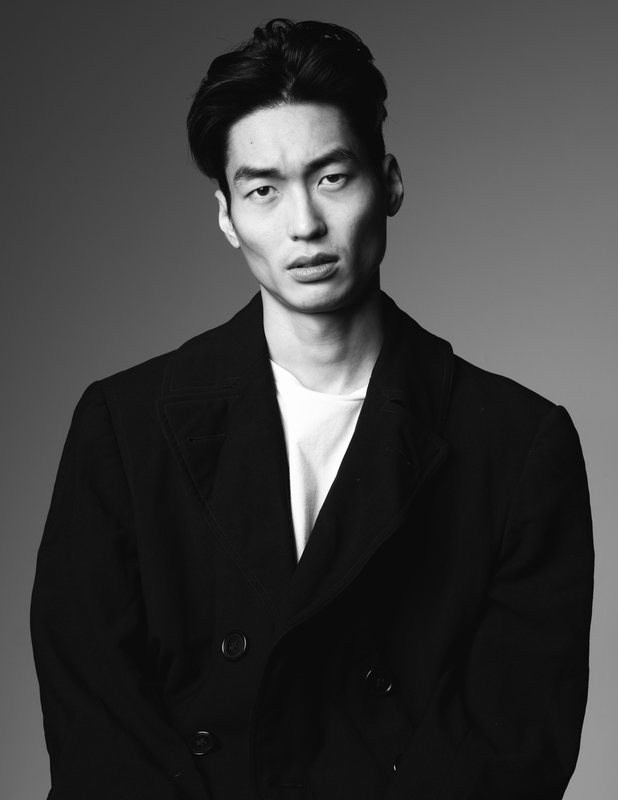As America faces a wave of anti-Asian violence with Stop AAPI Hate reporting 3,795 incidents between March 19, 2020 and February 28, 2021, I spoke to Se Oh about how he’s feeling during this time, and how he balances modeling with his passion for set design.
This is a particularly terrifying time for the Asian community in America. How are you feeling in this current climate?
I feel vulnerable like everyone else. What worries me more is how the news further objectifies us rather than humanizes us.
What actionable steps can someone reading this take to be an ally?
I think the perception of Asians must change first—and soon—stereotypes and all. Assess your own perception of Asians first, then be keen to see how Asians are portrayed in the media. Are we empowered or muted? Celebrated or fetishized? Bring your observations to the table when there’s a discussion pertaining to the issue. I’m a firm believer of how these conversations within communities—small and big—can ultimately influence the collective conscience of a nation.
In addition to modeling you’re also a set designer. Do you identify with one career more than the other, and how so?
If there’s one thing I know—without a doubt in my mind—it’s that I love making things. Being creative makes me feel grounded.
How did you get into set design?
I started working in theatre when I was a senior in high school for the missing credit in extracurricular activities. It literally changed my life because I felt like I found a place where all my interests—building, painting, drawing, music, and performance art—intersect. I felt right at home.
How has your background influenced your approach to design?
I understand things through imagery much better than literal definitions by nature. I think that does affect the way I design because I get bored quickly with hyper realistic sets. I’d either pitch for an abstract direction from the start, or I’d try to instill some sort of emotional statement in what initially appears to be a harmless kitchen set.
How much of your method is instinctual versus technical?
I like to think with my hands. Either I’m doodling, or I move on to making crude sketch models to turn my ideas into a tangible form. I try hard to not worry too much about the machinery; there are technicians capable of figuring that out for designers anyway. The biggest challenge for me when I’m designing is to ignore the pesky rules, like gravity.
Where do you source your ideas, and what inspires you?
I love so many things, music, architecture, fine arts, even pretty birds. I also love listening to other creative people speak in interviews. I think I watched i-D’s The Fifth Sense episode on Es Devlin at least 100 times on YouTube.
When you’re commissioned to work on a project how much autonomy are you granted and what is your methodology?
It’s important to me that the process is kept fluid and conversational, like dancing. I can present to the director what makes my heartbeat faster, but if the director doesn’t respond the same way, then it’s crucial for me to pull back. Otherwise the dance is spoiled, and that’s not fun for anyone.
What’s the biggest misconception about what you do?
I’m more familiar with people’s ignorance than their misconception about what I do; which is fine. Maybe more people will become interested in live performances after having been confined at home for so long.
Follow him on Instagram
